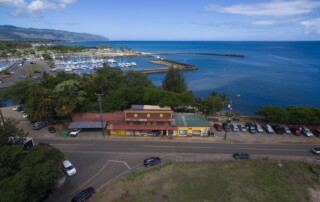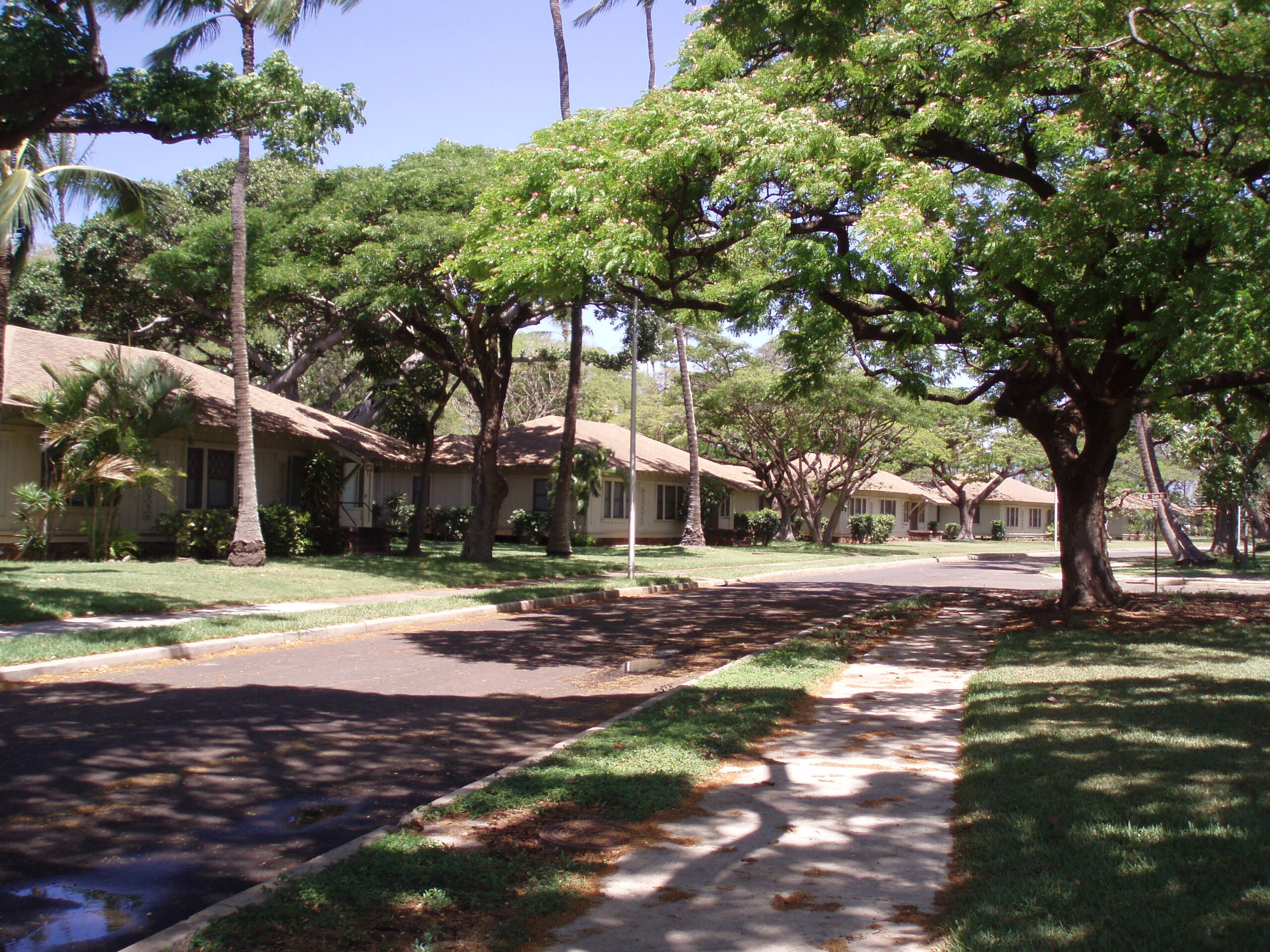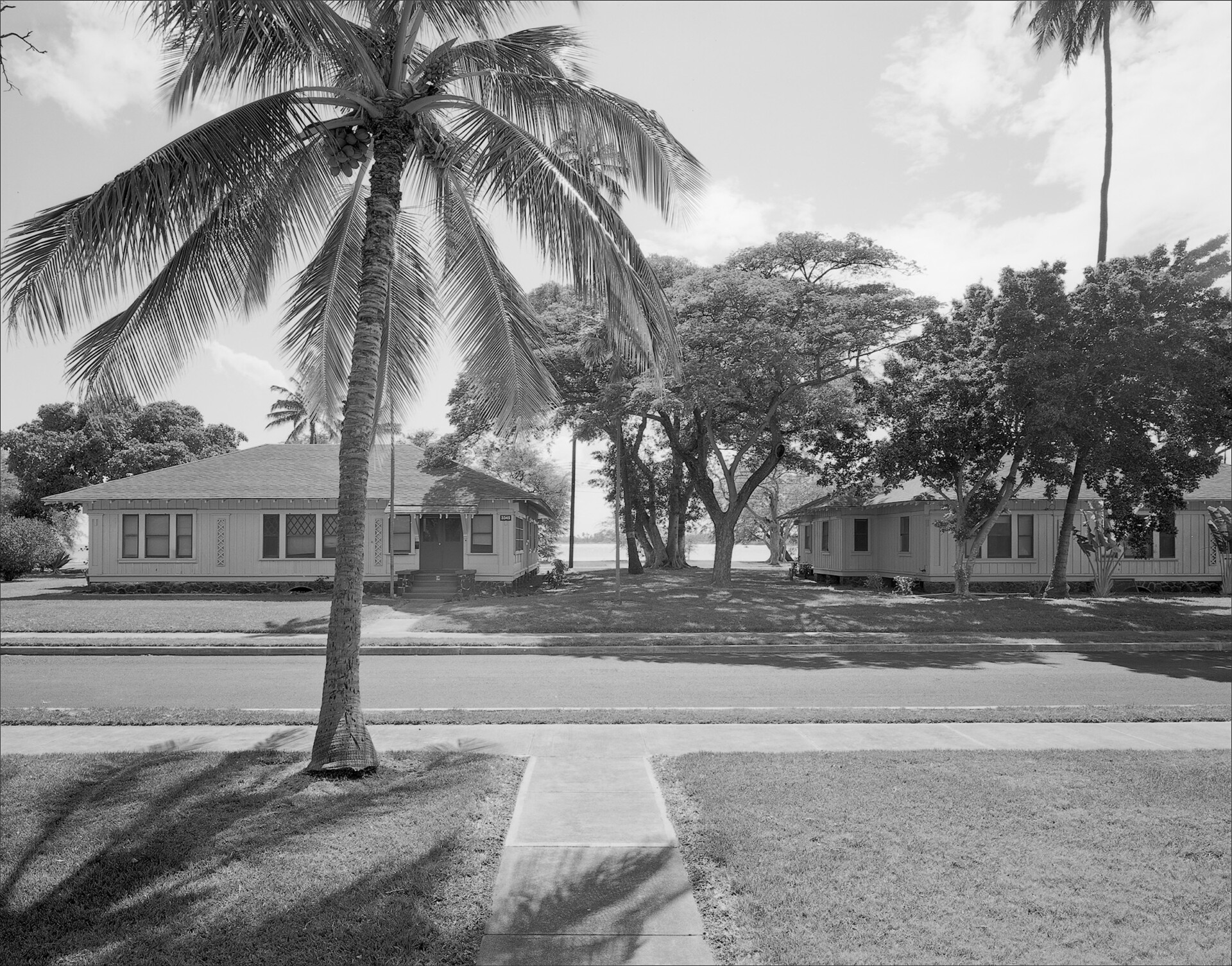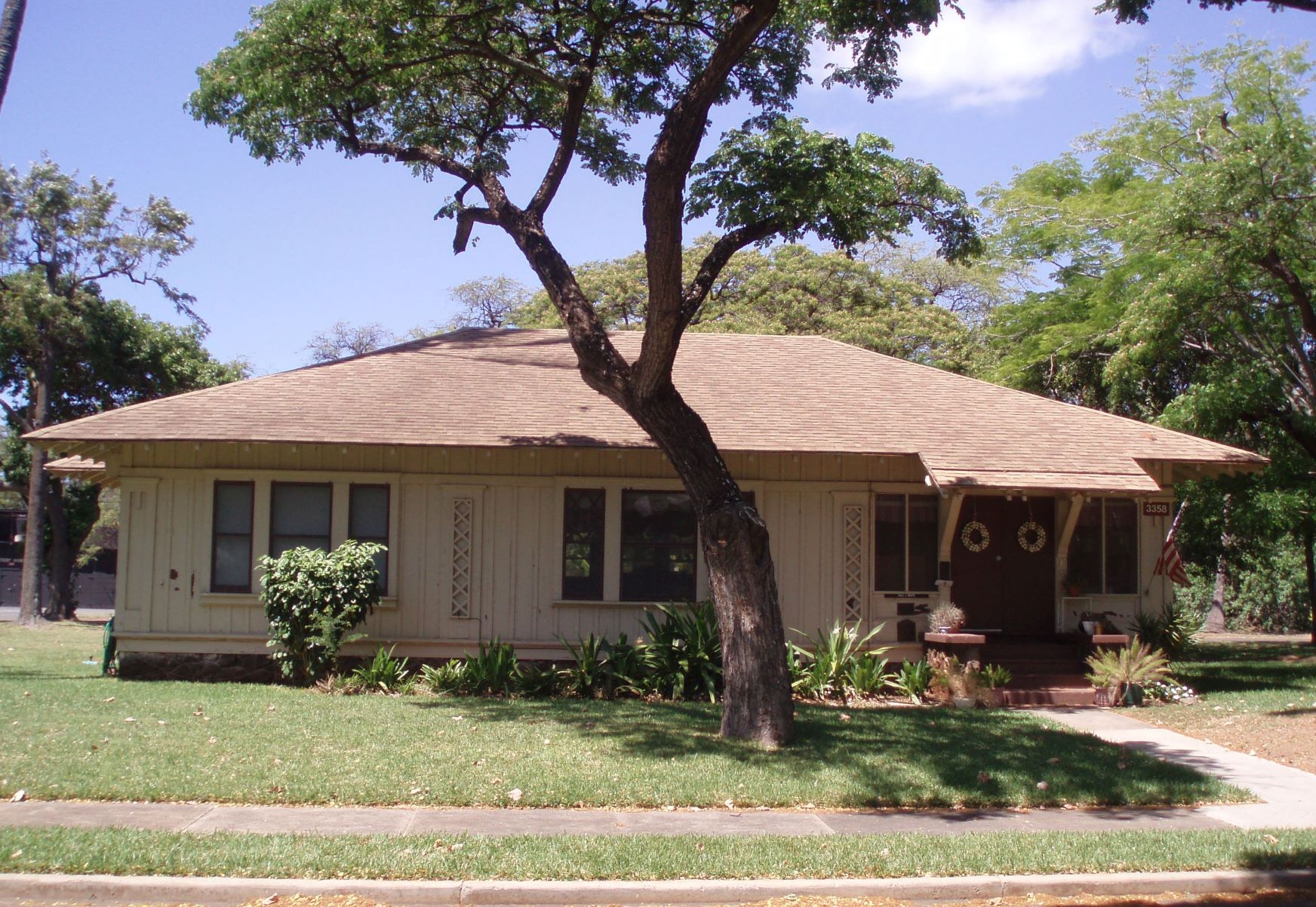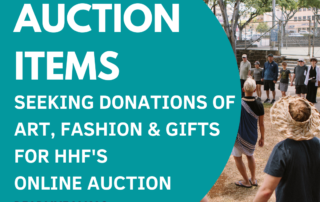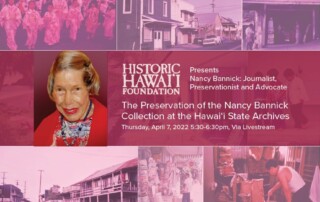Two Properties Added to the Hawai‘i Register Of Historic Places
The Hawai‘i Historic Places Review Board added two properties to the Hawai‘i Register of Historic Places in November 2021. Properties are eligible for inclusion in the State and National Registers because of their association with broad patterns or events (Criterion A), or individuals whose lives are significant to our past (Criterion B). They are usually significant in architecture and design (Criterion C) or are likely to yield important information (Criterion D). Their features and other characteristics retain their qualifying integrity. Click on the address/property name to view the property's nomination form. Surf n Sea Building, Hale‘iwa, O‘ahu Photo is of the Surf n Sea Storefront, with Surfer X-ing Sign. Photo Credit: Surf n Sea. Constructed in approximately 1921, the Surf n Sea Building is significant under Criterion C as a good example of a wooden commercial building constructed in Hawai‘i during the opening decades of the twentieth century. Stylistically, it is typical of its period in use of materials, method of construction, craftsmanship, and design. The building sits on a 3,780 square foot lot between Kamehameha Highway and Maeaea Beach and is located on a street lined with commercial buildings that contributes to the retail character of Hale‘iwa’s downtown core. The principal exterior materials of the building are: wood, tongue and groove walls, a corrugated metal roof, and a concrete slab foundation. It is a two-story building that is characterized by a shed roof awning running the length of the façade between the first and second stories, as well as another situated above the second story windows. Although the building has undergone a number of alterations, it still retains its historic integrity and stands as one of the larger and more imposing historic [...]


